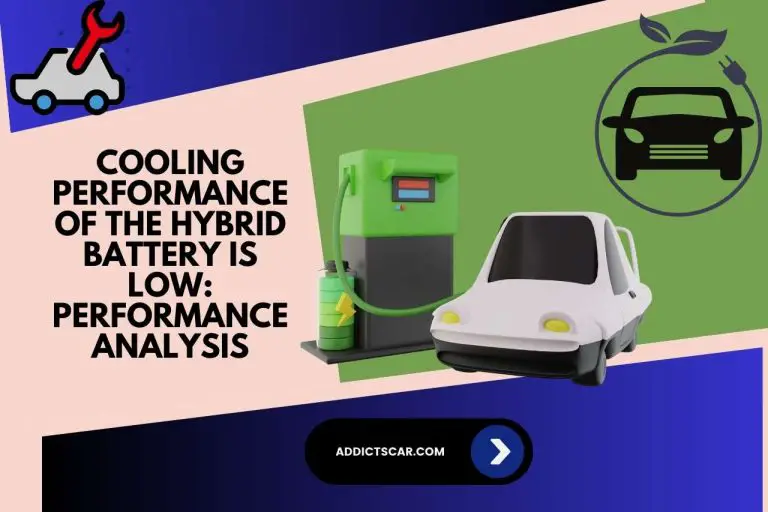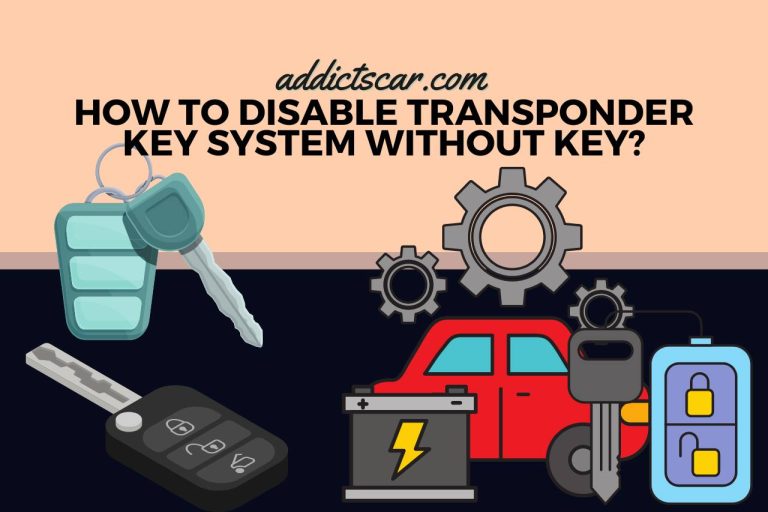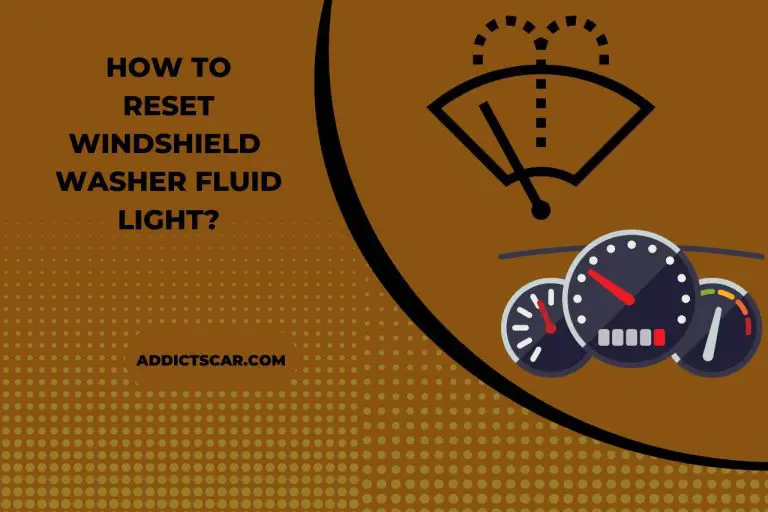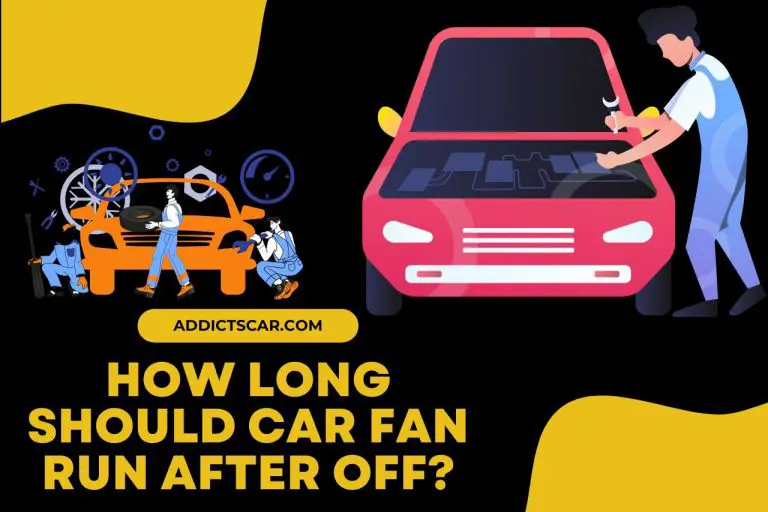Are Low Profile Tires Safe in the Rain? Wet Weather Worries
Not at all! They perform better in the rain as they have large tread blocks. When it is raining, you may feel challenging to ride your vehicle because the roads are slippery on rainy days. So, you might be finding a solution to this and thinking, are low-profile tires bad in the rain? Trust me, and don’t be afraid to use low-profile tires in the rain. Read this article to clear out other questions that were popping into your mind about low-profile tires.
What Are Low Profile Tires?
Low-profile tires have a shorter or shallower sidewall than regular tires. So, these tires don’t have much air, and it cause the tires to be less bouncy and less flexible. And these tires have big rims and a broader construction. That allows wider patterns on the tread. Therefore, vehicles with low-profile tires can contact more with the road.
Low-profile tires are great to handle. So, they are commonly used on sports cars more than regular driving. These tires can control well at higher speeds. They become popular over time for their performance and ease of handling, and manoeuvrability. The wider tires, shallower sidewalls and larger rims of the wheels improve friction and braking performance. That ensures the protection of the vehicle and the driver when handling the vehicle in various climatic and weather conditions. The good grip provided by low-profile tires decreases the side swaying.
How Do Tires Affect Wet Weather Performance?
Low-profile tires come in different types, and for wet weather conditions, it is better to use winter tires. Usually, low-profile tires are made for dry and summer conditions. These tires are well performed in braking because of their wider tires and larger rims. Therefore, they are good to use even though the roads are slippery. They withstand rain, light snow and sometimes ice.
Greater traction is also another benefit provided by low-profile tires. They ensure that the driver can intensely feel the road than normal tires. Because of the safe handling ability that gives from the low-profile tyres, drivers can feel safe even when riding on wet roads.
However, these tires are not very bearable on rough roads as they don’t consist of lots of air inside. So, when it is heavily snowing, and in winter, low-profile tires don’t perform well. Even though the rain and light snow is ok, do not use these tires in the winter season.
What Causes Hydroplaning and How do Low-Profile Tires Contribute to it?
Hydroplaning is a dangerous condition that you might face when driving on a slippery or wet road. This causes your car to lose control while losing contact between the tires and the road surface. It can last for several seconds, and at this moment, the traction of your vehicle’s tires seems to have lost all the traction that was available.
Mainly, vehicle speed, the tread depth of the tire and the depth of water cause a vehicle to hydroplane. If your vehicle is riding at high speed on a wet road, this may cause hydroplaning sometimes. As low-profile tires withstand high speeds, using them may be safe, but you should be extra careful when increasing the speed on wet road surfaces. As the low-profile tires have broader construction with wider tread designs, this also gives the ability to avoid hydroplaning. Don’t use worn-out tires when riding in wet conditions. Also, check for the water depth and whether your tires can endure it.
Tips for Driving with Low-profile Tires in the Rain
When driving with low-profile tires in the rain following are tips to follow you should follow:
- You can ride better on wet roads with low-profile tires than with regular tires. The wideness and the patterns of the tread provide a grip against the wet road surfaces.
- If you feel the vehicle is trying to hydroplane, slow down your vehicle. Even though these tires withstand high speeds, it is better to slow down if necessary.
- Low-profile tires are not good for riding on irregular surfaces, whether wet or not. So, avoid puddles, cracks on the road and standing water. They are less effective because of their rigid nature.
- Maintain the proper tire pressure also. Because of the shallower sidewalls, they contain less rubber. So, the low-profile tires will be able to withstand the wet surfaces.
How Can you Choose the Best Low-profile Tires for Wet Conditions?
To choose the best low-performing tires for wet conditions, you should look for the design for better performance.
You have to look for the pattern on the tread to see whether the tires withstand traction and grip well in wet conditions. Ensure that the tread pattern does not cause sliding or hydroplaning when driving on wet roads. Also, the shallow and short sidewalls also help in improving better grip and traction.
Low-profile tires enhance the low rolling resistance, which guarantees safety when driving on both dry and wet roads. They have short sidewalls to give a lower rolling resistance. So, when finding a better low-profile tire, look for one that has short sidewalls, a tread pattern that withstands wet conditions, and that has a broader construction that allows more pattern on the tread.
VIDEO CREDITS: Untangle Club YouTube Channel
Do Low-profile Tires Make More Noise in the Rain?
Yes, the low-profile tires make more noise often. Because of the wider contact of tires with the road surface, they make these noises. When the width increases, the tires can have more grooves. Therefore, more air goes through, making the tires noisier.
If you are searching for a vehicle that can have comfortable and peaceful driving in quiet surroundings, don’t buy low-profile tires, which will be made you think of the loss of money!
How do Low-profile Tires Affect Braking Performance in the Rain?
They perform well in braking in the rain. Because of the larger rims and shallower sidewalls, they have the opportunity to take bigger brakes, and it will significantly shorten the braking distance, mainly in rainy conditions. In addition, the soft compounds and the large tread blocks provide traction and better grip against the wet surface of the roads, which helps to perform braking well.
Recommended for You: Similar Articles to Explore




![Does Brake Cleaner Remove Paint? – [Answered]](https://www.addictscar.com/wp-content/uploads/2022/10/Your-paragraph-text-13-768x512.jpg)


![Window Tint Not Sticking On Edges [Solved]](https://www.addictscar.com/wp-content/uploads/2023/12/4-768x512.png)